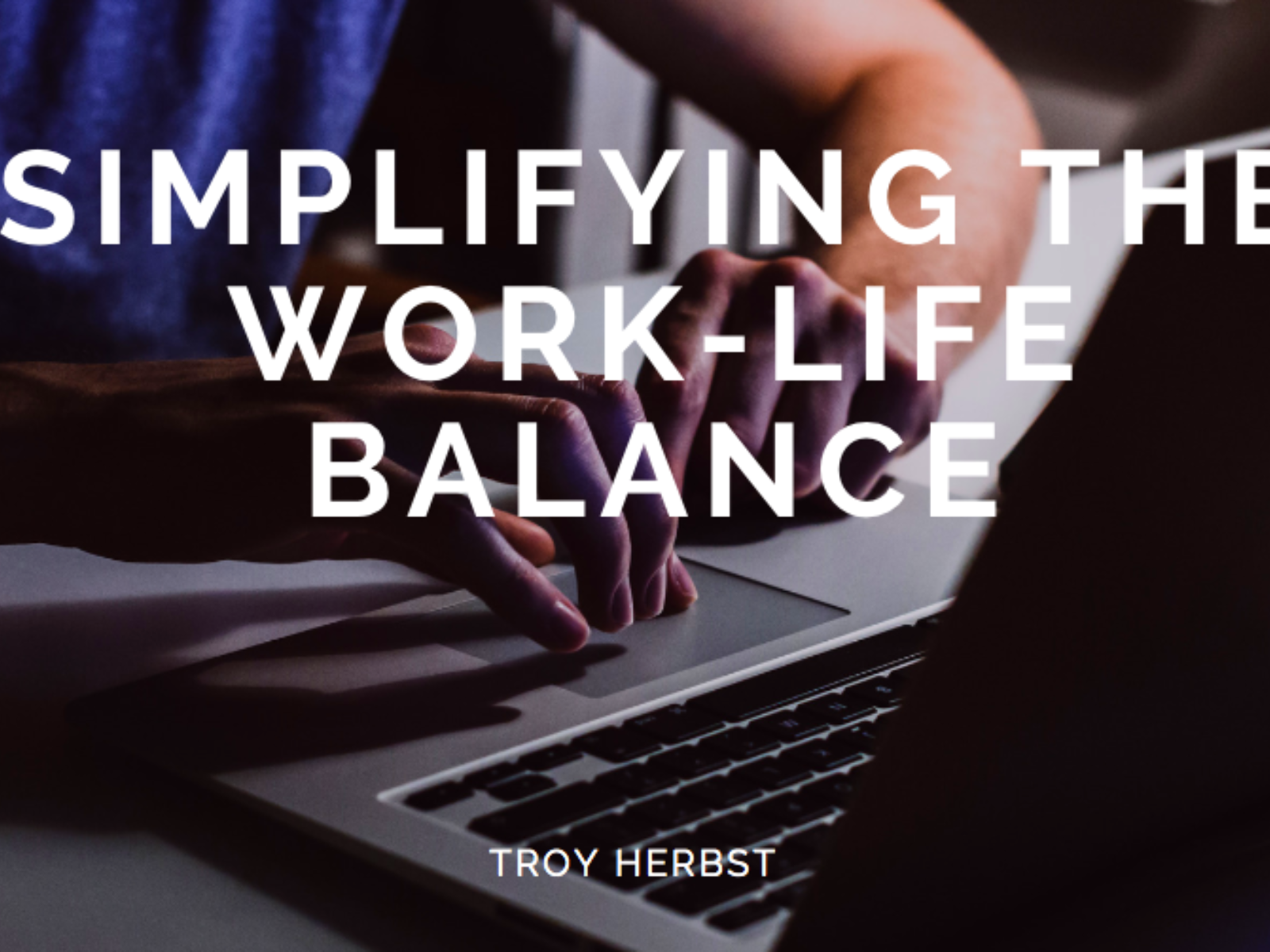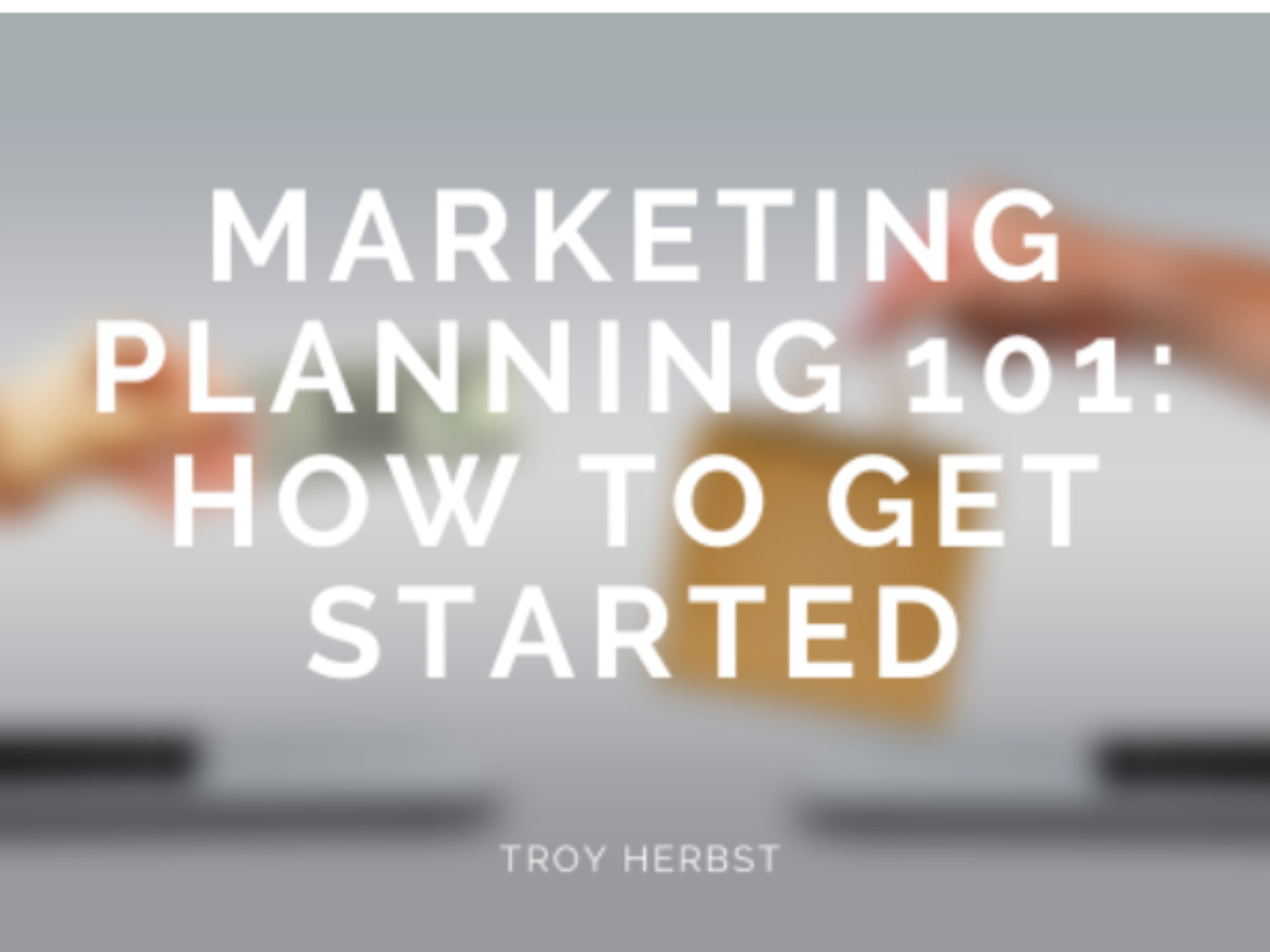Finding harmony between professional and personal endeavors becomes increasingly difficult as society becomes more connected every day. Technology means work is always carried home to some degree, and the temptation to check emails, tackle projects and continue to address business after-hours is a challenge for many, especially during downtime when it's so easy to pull out the laptop or cellphone and pick up work again.
When one first turns their attention to their work-life balance, crafting an effective strategy can feel like work in and of itself. These simple guidelines will make it easier to stop stressing and simply live in the moment, separating work from life naturally instead of forcefully.
Set Clear Boundaries
Healthy boundaries are vital to good mental health and a balanced lifestyle. When it comes to work, boundaries can include saying no to more projects, sticking to personal deadlines and taking routine breaks. Branching out, work boundaries can help establish a healthy balance outside of the office.
For example, someone may decide that they will check emails and respond to work-related messages on their evening commute, but they will silence notifications and only focus on their personal hobbies and family when they arrive at home. They can also enforce a weekend policy that gives them total liberty to enjoy their free time on their days off.
Prioritize to Decrease Procrastination
Many people who wind up working after-hours do so because they let too much fall to the wayside during the day. It always feels like there's not enough time to take care of everything during normal work hours, but the truth is that there will always be something more to do.
In such a goal-oriented society, it's important for employees to know how to prioritize tasks and be content with achieving a set amount each day. A list of five to 10 core responsibilities and assignments that need addressed each day can reduce anxiety, relieve stress and prevent procrastination that ultimately leads to working overtime.
Divide Time Based on Investment
How much energy does it take to spend time with family and friends? Do personal hobbies require emotional investment, too? Nothing in life comes without cost, and emotional and mental resources are just as important as physical and financial ones.
Using a pie chart can be a helpful way to visualize how much energy each "slice" of a person's life consumes. If work is taking up 60 percent, then that only leaves 40 percent for loved ones and activities.
By understanding how time is being used, it becomes easier to adjust and feel more rewarded by one's efforts.
Please login to comment.









